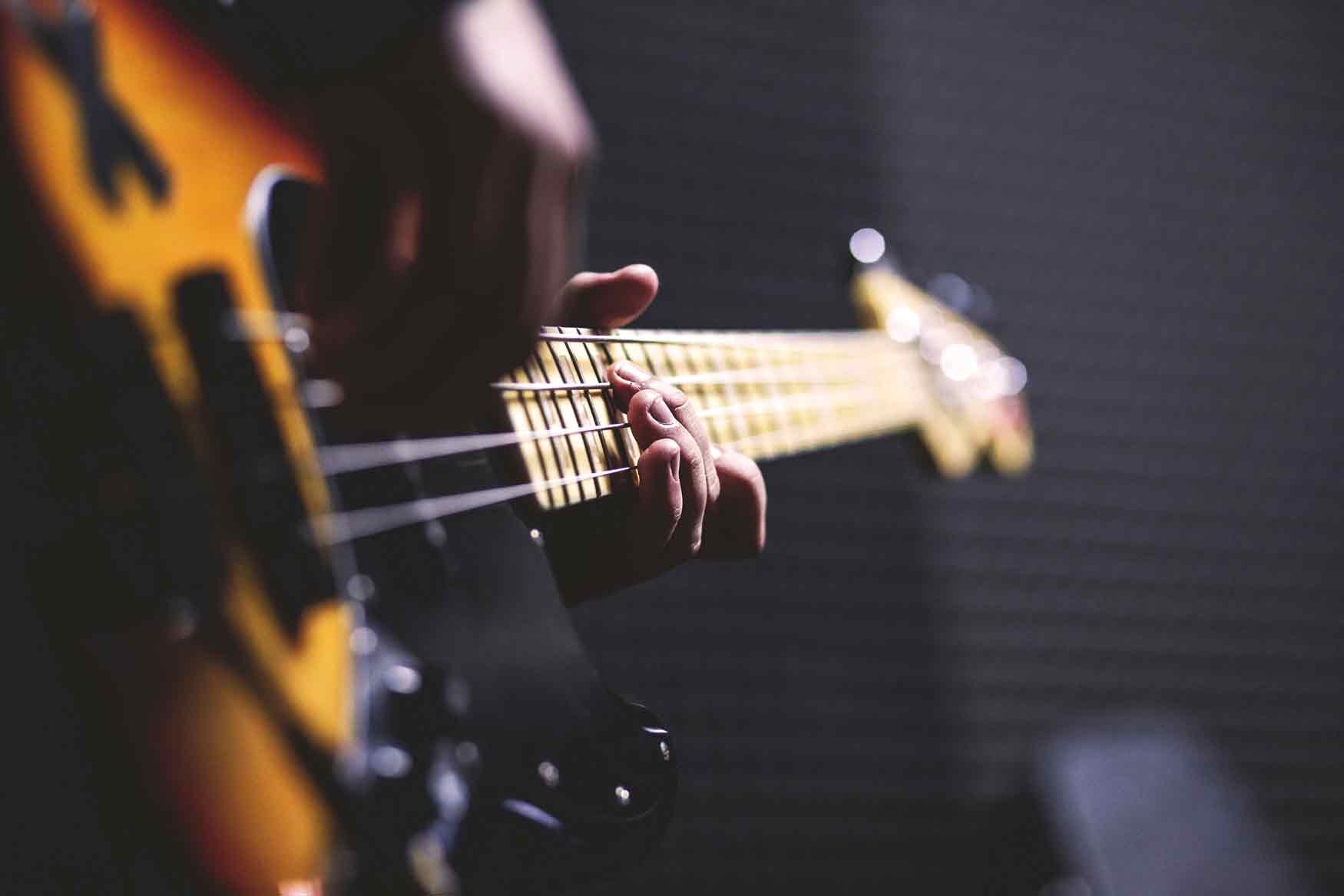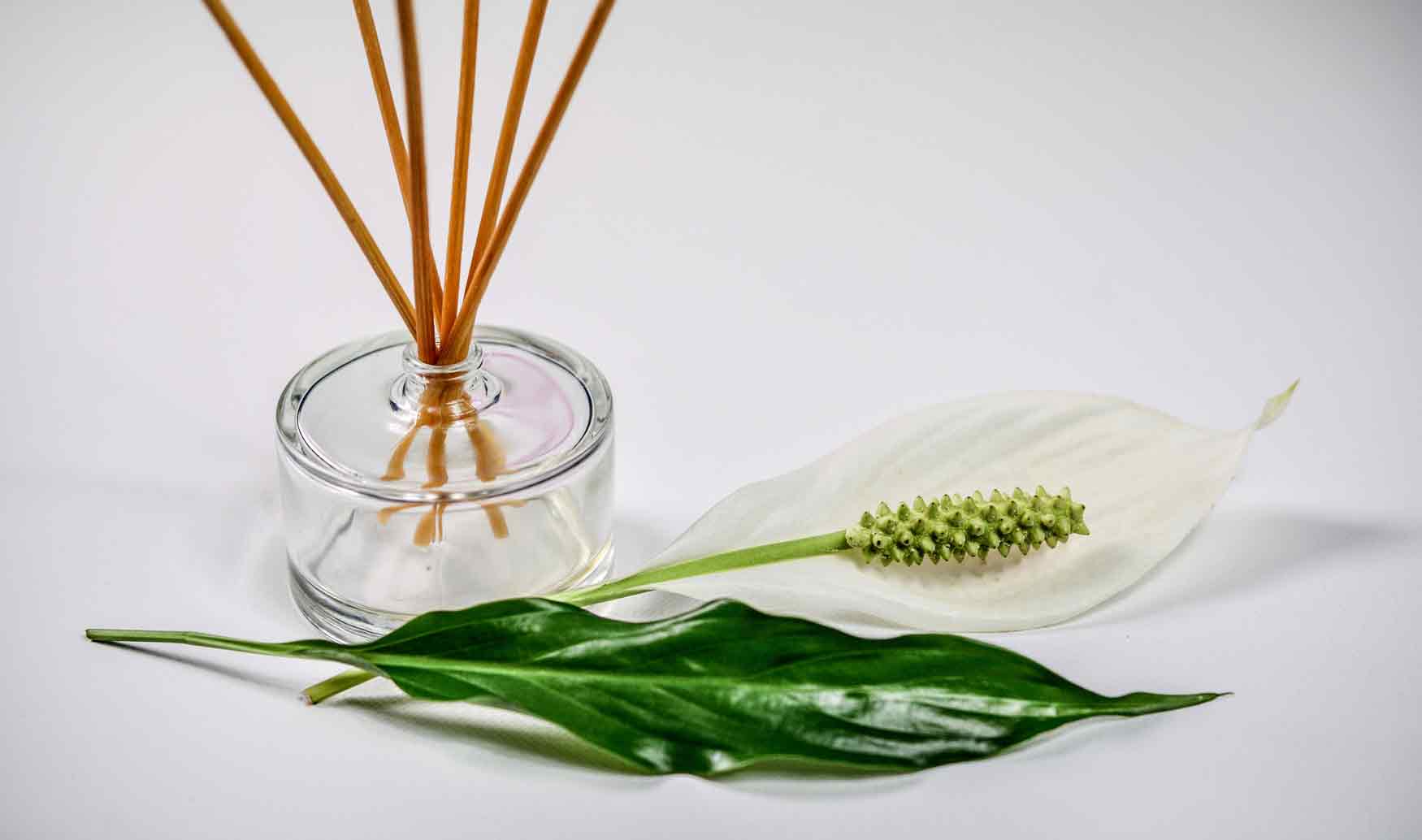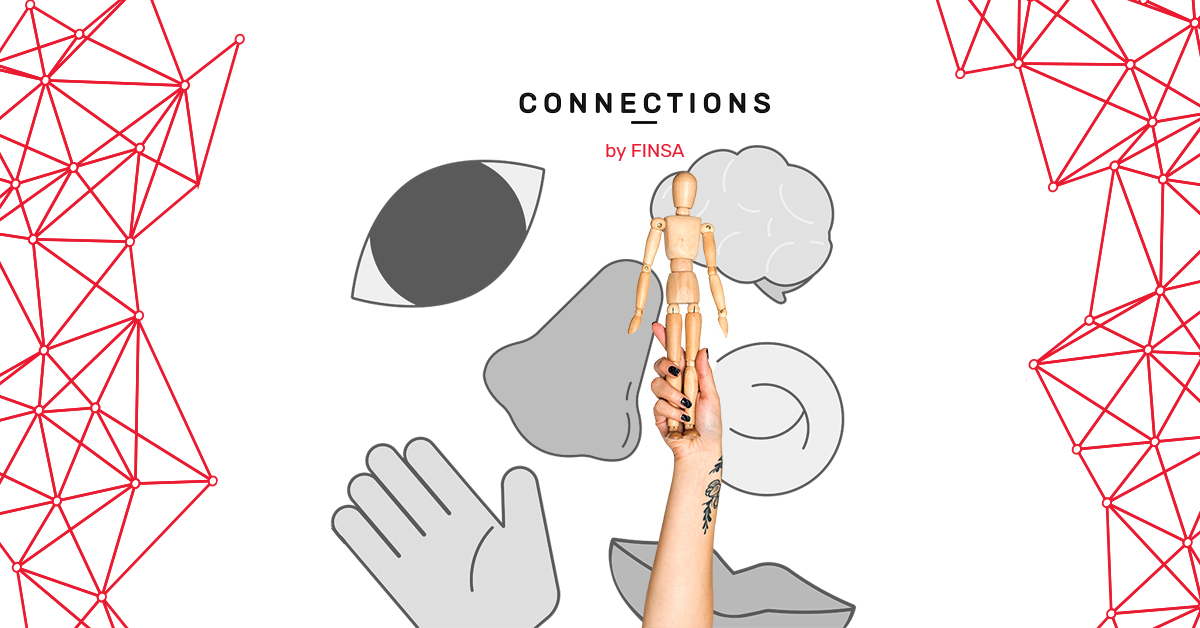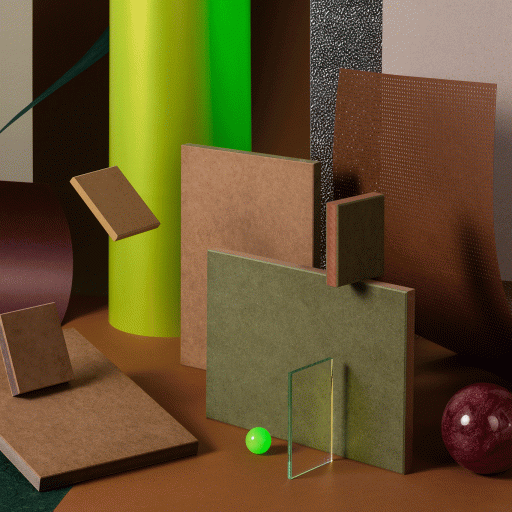Sharpen your senses and let yourself get carried away by the sensations that wood evokes. We invite you to hear, taste, touch, smell, look; to really feel it, in every sense of the word.
Taste
Wood can actually be used as an ingredient in cooking. We’re used to seeing it used for kitchenware, utensils, and accessories, but would you ever be game enough to eat it? The yacaratiá tree is known as ‘the bread tree’ in Argentina thanks to its edible wood that is used in several traditional recipes.
Ver esta publicación en Instagram
Hear
Each type of wood is unique, as are the sounds they make, which is why this material is used to make musical instruments. Maple wood is the most frequently used, especially when it comes to stringed instruments, as it produces sounds with a bright timbre. Its resistance also makes it perfect for things like guitar necks.

Smell
Take a deep breath and think about the smell of wood. Its’s probably the first thing that comes to mind when you think about wood and how it awakens the senses. Its aroma evokes a sense of wellbeing and serenity, but its intensity can vary depending on where the tree is from, which is why it’s used in perfumes and air fresheners. Invite a bit of nature into your home with a woody scent.

Sight
You will never find two trees that are exactly the same and, in the same way, no two pieces of wood are exactly the same. This means that each design made from wood is special and exclusive. Each piece has its own story and brings us closer to nature, providing a sense of warmth that is becoming a more frequent feature in architecture and interior decorating. Exposed beams and wooden furniture, for example, can help create a unique home.
Ver esta publicación en Instagram
Touch
Can you stop yourself from touching a piece of wood when you see one? Porous, imperfect, alive, wood breaks up the monotony of spaces by adding texture and warmth, a warmth that we can feel just by touching it, unlike the feeling we experience when we touch other, colder materials. This is why it’s being used more and more in interiors and in the manufacture everyday objects, with everything from wooden toys to mobile phone covers keeping us constantly connected to nature.
Ver esta publicación en Instagram




